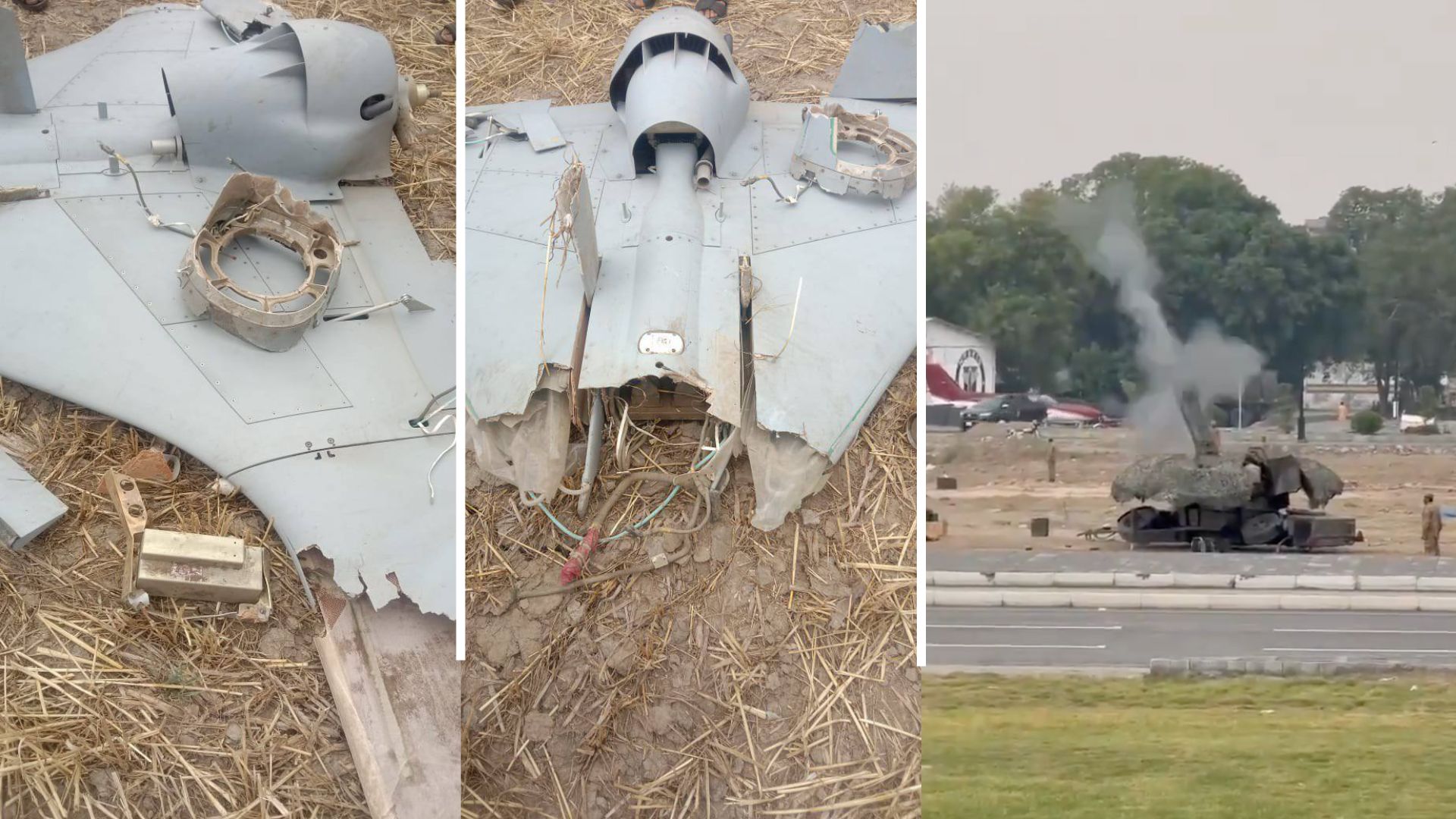2182Views

2025 Indian-Pakistani Conflict: May 8
Editor’s Note: As with any live conflict, the details are being presented as claims from each side as they are being reported by both sides.
In the early morning of 08 May 2025, the Indian Air Force (IAF) carried out an extensive strike operation using a wide array of unmanned aerial systems (UAS), including loitering munitions and, allegedly, electronic warfare (EW)-equipped systems.
Indian UAS activity was reported in areas across Pakistan’s Sindh and Punjab provinces. In Sindh, local civilians and military forces identified drone activity in Umerkot, Dharaki, Ghotki, and Malir. In Punjab, drones were observed in Gujranwala, Lahore, Sialkot, Gujarat, and Shekpura. There was also a report from Astore in Gilgit-Baltistan.
India’s Ministry of Defence (MoD) stated that Indian forces undertook the drone strikes in a bid to mitigate or destroy Pakistan’s integrated air defence system (IADS). It also claims that it “neutralized” the IADS installation in Lahore, Pakistan’s second-most populous city.
However, Pakistan retorted, with Inter Services Public Relations (ISPR) stating that its IADS is intact and that it shot down 25 Indian drones using a combination of “soft-kill (technical) and hard-kill (weapons)” systems.
The “soft-kill” methods were likely in reference to Pakistan’s electronic warfare (EW) systems, which comprise of electronic intelligence (ELINT), electronic countermeasures (ECM)-based jamming, and counter-UAS (C-UAS) systems. The EW-based C-UAS systems were designed to jam the communication links between the UAS and its remotely-stationed operator.
The “hard-kill” systems referenced the Pakistan Army’s (PA) various anti-air gun (AAG) systems, which have increasingly been paired with domestic C-UAS systems.
Of the drones it shot down, Pakistan identified that India had used Israeli-built Harop systems. One observer also spotted the use of a target drone.
Observers have assessed that India likely attempted a suppression of enemy air defence (SEAD) operation. A distant evolution of the Israel Aerospace Industries (IAI) Harpy, the IAI Harop is a loitering munition designed to both independently identify and attack targets.
A purported Pakistani military source claims that India configured a number of Harops with electronic support measures (ESM) equipment to monitor, record, and send radar emissions back to India. In other words, the Indian drone strike was allegedly an attempted prelude to a far more extensive offensive operation — i.e., destruction of enemy air defence (DEAD).
However, this source claims that DEAD attack could not take place as the PA and Pakistan Air Force (PAF) (as per the claim) switched their IADS radars off and, instead, relied solely on EW and AAGs to neutralize the drones.
In contrast, India argues that its Harop loitering munitions successfully struck their targets in Pakistan, both overwhelming and mitigating the latter’s IADS coverages.
To substantiate the claim, some observers allege there photos of damaged units from PA HQ-16 or HQ-9/P systems.
In parallel to this incident, cross-border shelling continues along the Line of Control (LoC) in Kashmir, with Pakistan claiming it killed 40 to 50 Indian soliders in the area.
Pakistan’s ISPR also asserted that the armed forces will respond to India’s offensive operations “at a time and place of its choosing.”
With domestic pressure mounting on both the government and the military, analysts expect that Pakistan will engage in a large-scale offensive operation of its own.
In potential relation to that possibility, there are reports of explosions in the city of Jammu in Kashmir on the Indian-held side the LoC and in Indian Punjab.


